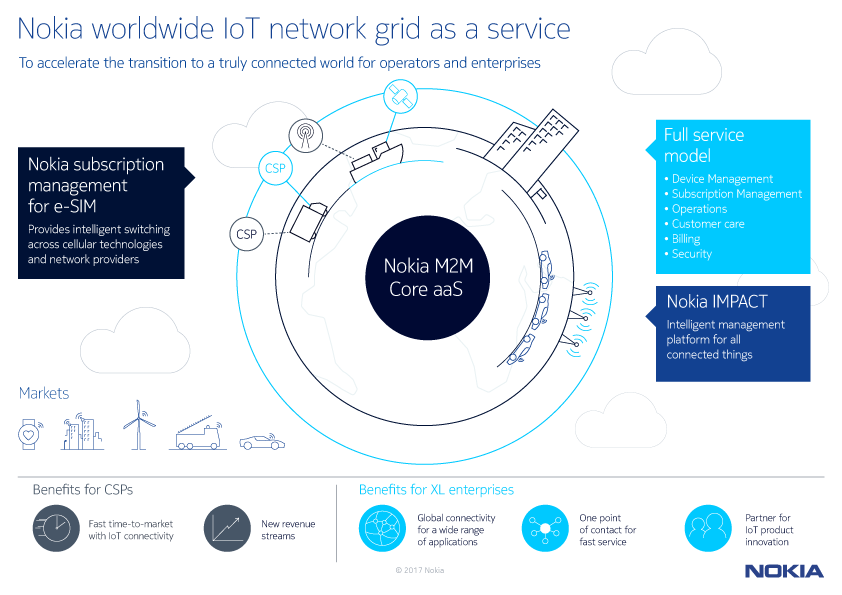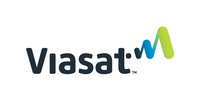
Credit: Nokia
Nokia on Friday revealed it is taking Internet of Things connectivity with a new Worldwide IoT Network Grid (WING) made possible by a multi-country federation of both cellular and non-cellular services.
According to the company, WING will offer communication service providers and enterprises a “one-stop shop” service model that will include provisioning, operations, security, billing, and dedicated enterprise customer services. Connectivity will be provided via intelligent switching between licensed and unlicensed cellular and non-cellular networks, including satellite, LP-WAN, and WiFi services.
The company said its IMPACT platform’s subscription management for eSIM will configure connectivity to a communication service provider’s network as the asset crosses geographical borders.
Nokia indicated the solution will allow operators to benefit from new revenue streams by extending their portfolio and will slash time to market for enterprises looking to deploy IoT solutions.
“This is in response to a very obvious hole in the market,” Phil Twist, Nokia’s VP of mobile networks marketing, said. “When we’ve been talking to some of the big global players who want to have connected devices – and you can imagine in the transportation industry if you’re moving containers from country to country or if you’re in the automotive industry where you’re shipping products in multiple markets – there’s been no global worldwide solution to actually be able to connect all of these things.”
Nokia indicated the solution is well-suited to a variety of industries, including the transport, health, utilities, and safety markets.
The company said it’s expecting to connect customers via WING sometime later this year.
Filed Under: IoT • IIoT • Internet of things • Industry 4.0, Infrastructure




